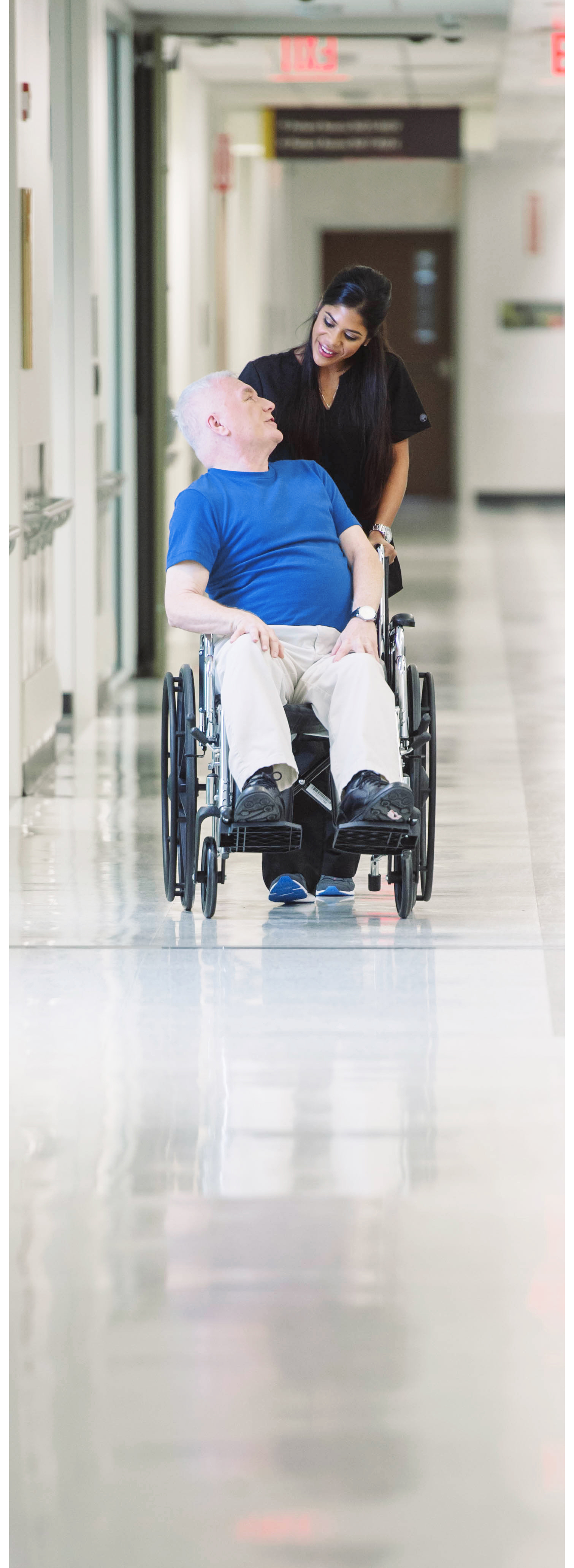 By JANICE ZENGOTITA, MSW, MPH
By JANICE ZENGOTITA, MSW, MPH
It’s discharge time. You or a family member has been discharged back to the home setting, away from the ebb and flow, the beeps and muted chatter of the hospital.
Many patients and families welcome the transition home with excitement or relief, while some may experience fear or anxiety. For either situation, it is important to remember that discharge does not signify a lack of need for continued care. It simply means the care you need can continue in a home setting.
A proper transition home can further recovery and may keep you from returning. Here are some tips for a successful transition home:
1. Ask questions. Before you go, if you are unsure of your diagnosis, treatment, medications, or follow-up care, be sure to ask for clarification.
2. Make and keep follow-up appointments. Make an appointment with your primary care physician and any recommended specialists. If you do not have a primary care physician, reach out to your insurance company to request a list or check out our list of providers. If you are uninsured, ask your nurse or social worker for a list of local free or reduced-cost clinics.
3. Keep a list of updated medications and allergies. Pick a spot in your purse, wallet or phone to hide this information, as this will come in handy at follow-up appointments.
4. Reduce fall risk. A fall can reduce your quality of life and bring you back to the hospital. Use recommended medical equipment to help with walking or activities of daily living. Assess your home environment for fall risks, such as loose rugs and cords, and remove them.
5. Enlist support. Don’t be afraid to ask for help at home. Reach out to family members, friends and neighbors, even just for meals or moral support. If you are unable to drive after discharge, you may need assistance with transportation to appointments.
6. Take time off. Ask your physician about returning to work. If medical leave is needed, a hospital physician or your primary care physician may be able to assist with completion of the required forms.
7. Reach out. If you have limited access to resources, such as transportation or food, dial 211 or 888.370.7188 for a local resource directory.
8. Make a change. Use this transition to jump-start a healthier lifestyle. Change your diet. Exercise. Follow up for recommended healthcare screenings. Take care of you!
About the Author
Janice Zengotita MSW, MPH, is a Lakeland Regional Health Care Coordinator.
